
Naming every expedition participant in a telepresence-enabled mission is next to impossible! Many from dozens of institutions across the country have provided input into the expedition plan and are expected to participate. However, we've assembled information about the members of the science and remotely operated vehicle teams who are physically onboard NOAA Ship Okeanos Explorer, and whose voices you are likely to hear most often when watching the live video. And of course, none of this exploration would be possible without the work of the dedicated NOAA Commissioned Officer Corps and civilians who operate NOAA Ship Okeanos Explorer as part of NOAA's fleet managed by NOAA's Office of Marine and Aviation.
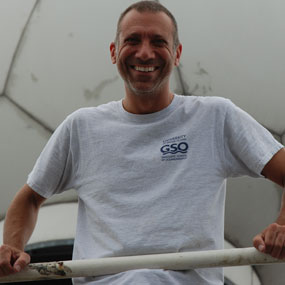
Graduate student, Indiana University of Pennsylvania
Mike Barber is currently working toward a degree in energy resource geology at Indiana University of Pennsylvania, which will be complete in May 2016. He is currently working on a research project related to the use of remote imaging (especially lidar x,y,z and reflection intensity data) to characterize volcanic terrains in the northwest rift zone, near Bend, Oregon. Mike's prior shipboard experience was aboard the R/V Knorr for six weeks in the tropical Atlantic from October through December, 2015. On that cruise, he sailed as a sedimentologist in the coring group, where his duties included deploying and retrieving coring equipment; recovering, processing, describing, and archiving core samples; and acting as editor for the expedition web blog.
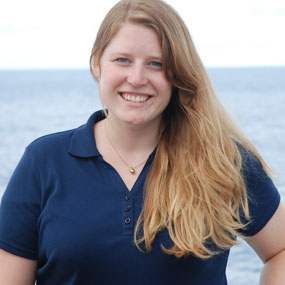
Field Operations Specialist, NOAA Office of Ocean Exploration and Research
Kasey Cantwell is a Field Operations Specialist in the NOAA Office of Ocean Exploration and Research (OER). Kasey finished her Masters of Science in 2013 at the University of Miami’s Rosenstiel School of Marine and Atmospheric Science (RSMAS). Kasey’s background includes field work on reefs throughout the Caribbean, long-term ecosystem monitoring, and evaluating management strategies. This cruise is Kasey’s eighth expedition since joining OER in 2012.

Mapping intern and graduate student
Abigail Casavant is currently an M.A. candidate at the University of Rhode Island (URI) in history and underwater archaeology, where she also earned her graduate certificate in GIS and remote sensing in 2014. She also earned her B.A. in history, anthropology, and underwater archaeology at URI in 2012. Her research interests include Irish immigrant shipwrecks of the 19th century, 19th century Ottoman naval history and archaeology in Israel, and underwater archaeological applications of GIS and remote sensing. She is an avid recreational and scientific diver, and especially enjoys diving the cold, murky waters of Rhode Island. She joins the Okeanos Explorer as a mapping intern and looks forward to contributing to the scientific mission while on board.
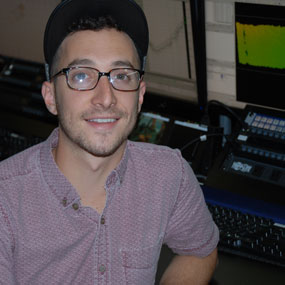
Mapping intern
Jonathan Cotugno recently received his B.S. from the Geomatics Program at the University of Florida, and is very excited to be finished. In the near future, he hopes to continue his research using remotely piloted aircraft systems (RPAS) for aerial mapping either in academia or in industry. He is highly interested in all types of geospatial mapping, especially aerial photogrammetric and hydrographic sonar mapping. His goal as an OER mapping intern is to become the hydrographic map master. On his spare time, Jonathan enjoys jamming to music, reading literature, Lord of the Rings, and studying maps.
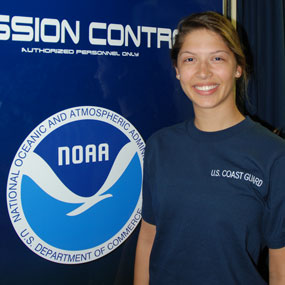
Cadet, U.S. Coast Guard Academy
Sheila Dutt is from Hurlock, Maryland, and is a rising first class cadet at the United States Coast Guard Academy. She is a marine environmental science major and has always been fascinated with ocean sciences. Aboard the Okeanos Explorer, she will be learning from the NOAA Corps Officers how a scientific research vessel operates.
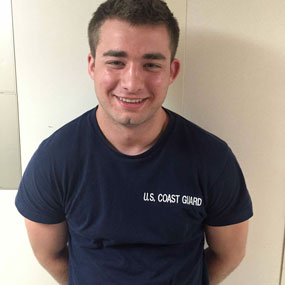
Cadet, U.S. Coast Guard Academy
Jordan is a senior at the Coast Guard Academy. He is from Lancaster, Pennsylvania. He is the oldest of four children. Jordan plays on the football team at the Academy. When Jordan graduates, he either wants to be a deck watch officer or attend flight school.
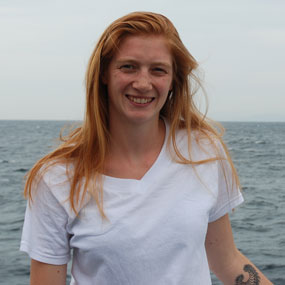
Mapping Intern
Kate von Krusenstiern is a current mapping intern aboard the Okeanos Explorer. She graduated with a BA in Physical Geography, Geographic Information Systems, and Geology. This is Kate's first time at sea and first time using and processing multi-beam bathymetry data. She is interested in continuing her studies researching applications of GIS to ocean science and ocean exploration. In the meantime, Kate hopes to continue working at sea, learning more about ocean mapping and participating in cruises.
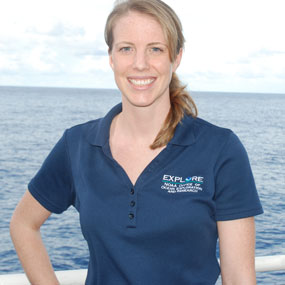
Expedition Coordinator, NOAA Office of Ocean Exploration and Research
Lindsay earned her master's in Earth Science - Ocean Mapping from the University of New Hampshire in 2013 and her bachelor's degree in Geological Sciences from Brown University in 2007. Lindsay worked as a geologist at an environmental consulting firm before returning to graduate school. In graduate school, Lindsay gained practical seafloor-mapping experience during research cruises to the Mediterranean Sea, Arctic Ocean, and Gulf of Maine. Lindsay joined the Office of Ocean Exploration and Research in early 2014 as a Physical Scientist, where she leads ocean mapping cruises onboard NOAA Ship Okeanos Explorer. At sea, Lindsay heads the ocean mapping team and directs the exploration process. On shore, Lindsay works at the Integrated Ocean and Coastal Mapping Center at the University of New Hampshire where she contributes to expeditions through data processing and archiving, operational planning, and mapping product development. Lindsay resides in Rye, New Hampshire.
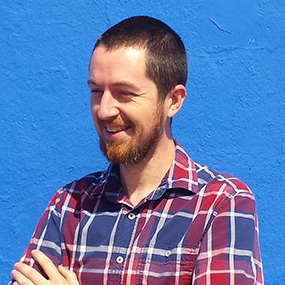
Lieutenant, NOAA Corps
James J. Miller is a Physical Scientist at NOAA’s Office of Coast Survey, where he evaluates hydrographic surveys, conducts quality assurance reviews, augments aboard NOAA vessels, compiles marine navigation products, and develops improvements to hydrographic data management and processing. He holds a B.Sc. in Geology and Environmental Geosciences from the College of Charleston, South Carolina.
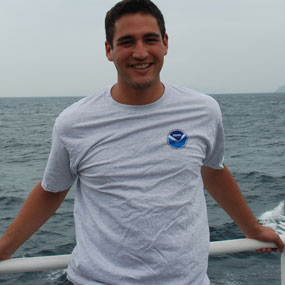
Research Scientist/Engineer
David is currently working at the NOAA Pacific Marine Environmental Laboratory in the engineering group as a Research Scientist/Engineer for the Joint Institute for the Study of the Atmosphere and Ocean (JISAO), a cooperative institute between the University of Washington and NOAA. His primary duties within the engineering group are to construct coastal and open ocean mooring systems as well as to provide logistical and technical support to the various projects with which he works. The rest of his time is spent in the field where he is responsible for deploying, recovering, and maintaining these systems. This fall he will begin graduate studies at the University of Washington while continuing his work with JISAO and NOAA.
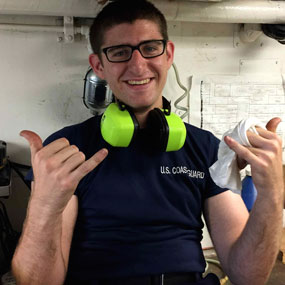
Cadet, U.S. Coast Guard Academy
Matt Schoen is a Coast Guard Cadet, Class of 2016. He graduated from Cherry Creek High School in his hometown of Denver, Colorado. Matt looks forward to an exciting career with the Coast Guard as an electrical engineer. In his off time, Matt loves to snowboard and go camping in the mountains.
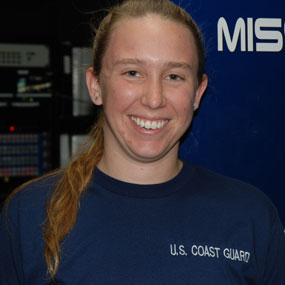
Cadet, U.S. Coast Guard Academy
Megan Toomey hails from the great Lone Star State of Texas and currently studies marine and environmental science as a cadet at the U.S. Coast Guard Academy. As a rising senior, Megan heeded her inner nerd and jumped at the chance to learn on a scientific research vessel with the NOAA Officer Corps.
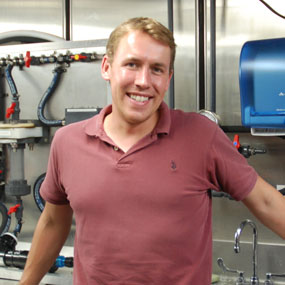
Research Scientist
Julian Schanze's interest in the ocean began when he moved to the North Sea in Germany at age 7. To combine his interest in physics, statistics and computers with his passion for the ocean, he started studying Oceanography at the National Oceanography Centre at the University of Southampton , and completed his undergraduate degree as Master of Oceanography in 2007. His master's thesis focused on the combination of satellite remote sensing and physical oceanography. He continued his education at the Massachusetts Institute of Technology - Woods Hole Oceanographic Institution Joint Program . In 2012, he successfully defended his Ph.D. thesis "The Production of Temperature and Salinity Variance and Covariance: Implications for Mixing" . Julian continued working as a Postdoc at the Woods Hole Oceanographic Institution until joining the Seattle-based research institution Earth & Space Research (ESR) in July 2013. At ESR, Julian is continuing to combine his interest in satellite remote sensing techniques with traditional physical oceanography. He is now the principal investigator of two projects involving Aquarius, air-sea fluxes, mixing in the ocean and an in situ surface salinity analyzer (dubbed the "salinity-snake" ).